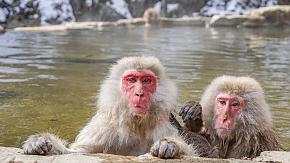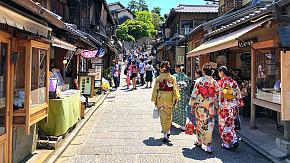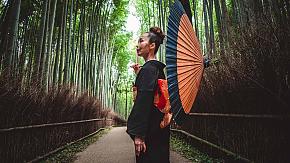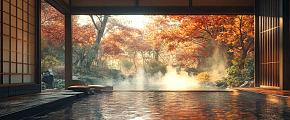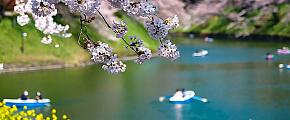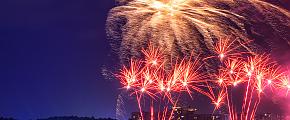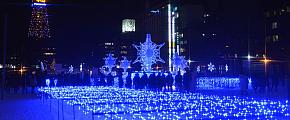Types of Japanese Onsens: Different Hot Springs Water & Functions
The types of Japanese hot springs (onsen) can be defined by the chemical components contained in the water, and there are about 10 different types of onsen water that you can enjoy during your trip to Japan, with various temperatures, colors, and smells for your special onsen experience.
Simple Onsen
Simple Onsen, which you can find in Dogo Onsen in Ehime Prefecture and Kinugawa Onsen in Tochigi Prefecture, is a type of hot spring with a relatively small number of dissolved substances. Compared to other onsens, it has fewer minerals, so it is less taxing on the body, good for treating ailments, and recommended for the elderly and children.
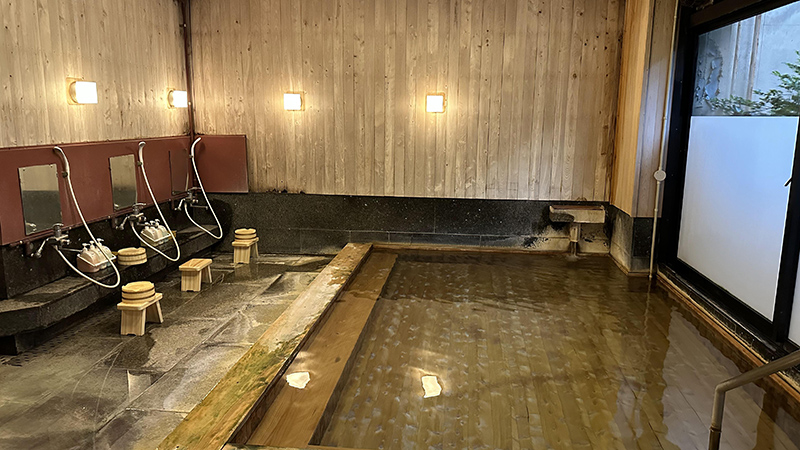 Simple Onsen
Simple Onsen
Chloride Onsen
Chloride Onsen is a type of onsen whose main component is chloride ions. This onsen is often found near coasts and volcanoes. After bathing, the salt attaches to the skin after the water evaporates, so it has a heat retention effect. 27% of onsens in Japan belong to this category, and you can easily enjoy them in many onsen destinations in Japan, such as Kinosaki Onsen in Hyogo Prefecture.
Alkaline Onsen
Alkaline Onsen is a kind of Onsen whose main component is bicarbonate ion. It helps to remove old keratin and makes the skin smooth. It is also highly moisturizing, such as at the Hakuba hot springs in Nagano Prefecture, where you can also enjoy skiing and soaking snow monkeys in winter. You can also find this type of hot spring in Osaka, which may be a little closer.
Sulfate Onsen
Sulfate Onsen is said to be able to prevent arteriosclerosis and stroke with a heat retention effect that promotes blood circulation and lowers blood pressure, which is helpful in the treatment of cuts, bruises, and other skin conditions. The Zao Onsen in Yamagata Prefecture could be one of the most popular Sulfate Onsen.
Carbonated Onsen
With the bubbling hot water covering the body, the carbonated onsen is believed to be effective in lowering blood pressure without straining the heart, as well as having beauty-enhancing effects. Only 0.6% of all onsens in Japan belong to this category, and the most famous area for it is Nagayu Onsen in Oita Prefecture.
Iron Onsen
Iron Onsen is a type of hot spring that warms the body with strong stimulation. It is originally colorless and transparent, but when it is exposed to air, it turns reddish brown because of the iron inside the water. It is said that Iron Onsen can improve iron deficiency anemia. If you want to have a try, head to the Ikaho Onsen in Gunma Prefecture.
 Beppu Iron Osen in Red Color
Beppu Iron Osen in Red Color
Radium Onsen
Radium Onsen is expected to have a pain-relieving effect. You may wonder if the radium components inside the spring water can be harmful to your body, but it has been proven by the Japanese government that the water quality is safe for onsen use. Only contains radium or radon in very small quantities, which is good for blood pressure reduction. You can find Radium Onsen in several spots in Japan, such as Arima Onsen in Hyogo Prefecture.
Sulfur Onsen
Due to the sulfur components inside the spring water, it has a milky color and an intense smell. Sulfur Onsen is a type of onsen that widens blood vessels and improves blood flow. Bear in mind that this can be a bit of a stimulus for your skin, so don't stay in the water for too long. Sulfur Onsen can usually be found in Gunma Prefecture, such as the Kusatsu Onsen.
Acidic Onsen
Acidic Onsen has excellent bactericidal action and is effective for multiple chronic skin diseases. Since the stimulation of this onsen is very powerful, it can irritate your skin easily. Therefore, it is recommended to pour fresh water on your body after finishing your cozy soak. If you have sensitive skin, you should limit your exposure to this type of bath. One of the biggest acidic onsens in Japan is Tamagawa Onsen in Akita Prefecture.
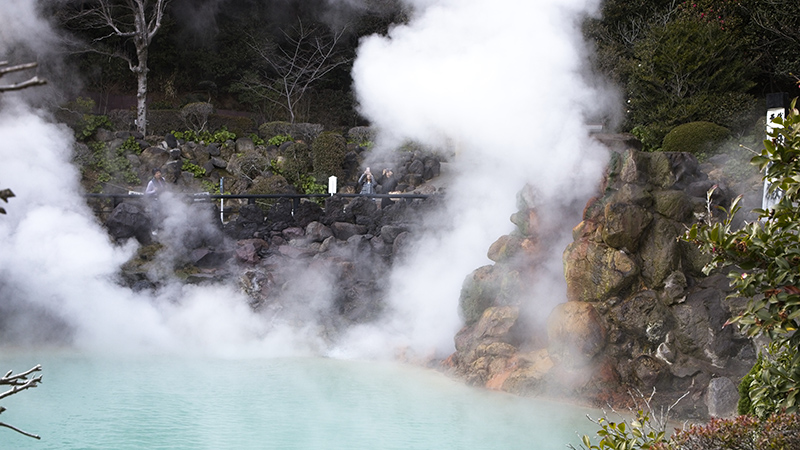 Acidic Onsen in Japan
Acidic Onsen in Japan
Iodine Onsen
Iodine Onsen is a type of hot spring with distinct smells and a light yellow color. Soaking in its golden hot water can lower cholesterol levels and refresh your body. If you drink spring water, it can also boost your metabolism. You can find this type of onsen in multiple destinations in Japan, such as Shirako Onsen in Chiba Prefecture.
Soak in the Healing Hot Springs With Odynovo
After getting some information about the 10 species of hot springs and their special healing powers, how about starting an onsen tour in Japan? With some tips and pieces of advice before you take a soaking, not only to satisfy your curiosity but also for the ultimate relaxation of your body and soul. Contact Odynovo with your plans and tell us which type of hot springs you prefer the most.
Related Posts You May Like
What Our Clients Say
Explore the latest verified reviews of Odynovo's travel services on Tripadvisor, Google, Trustpilot, Product Review and more trusted platforms.

